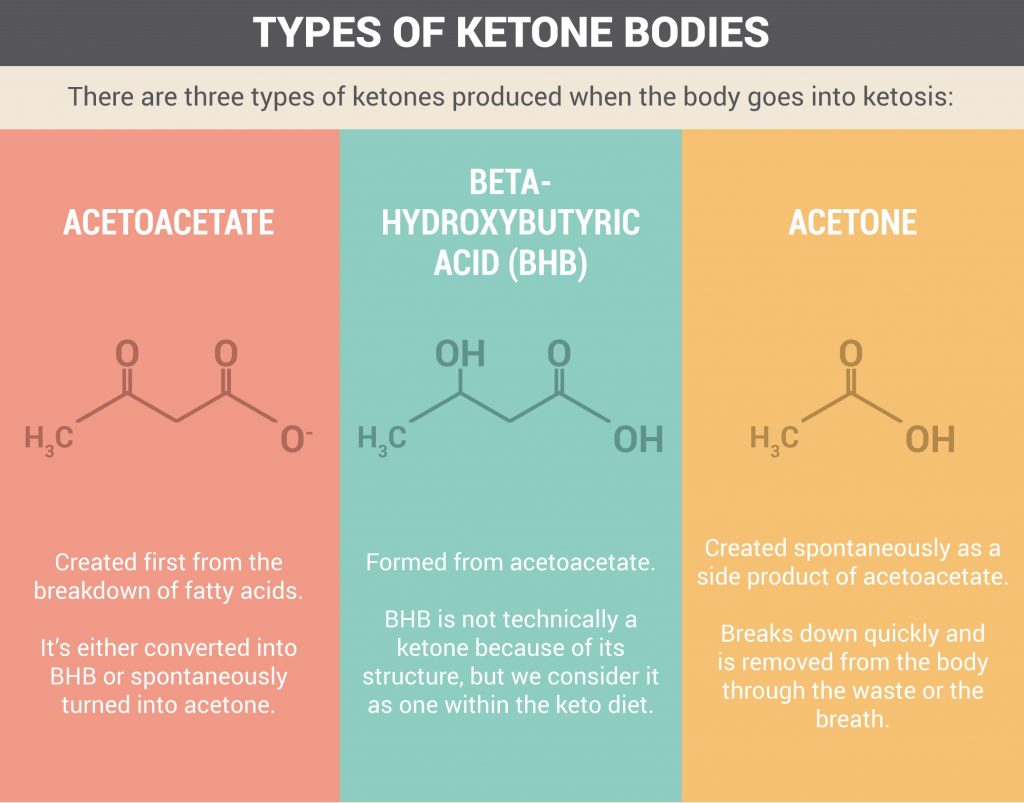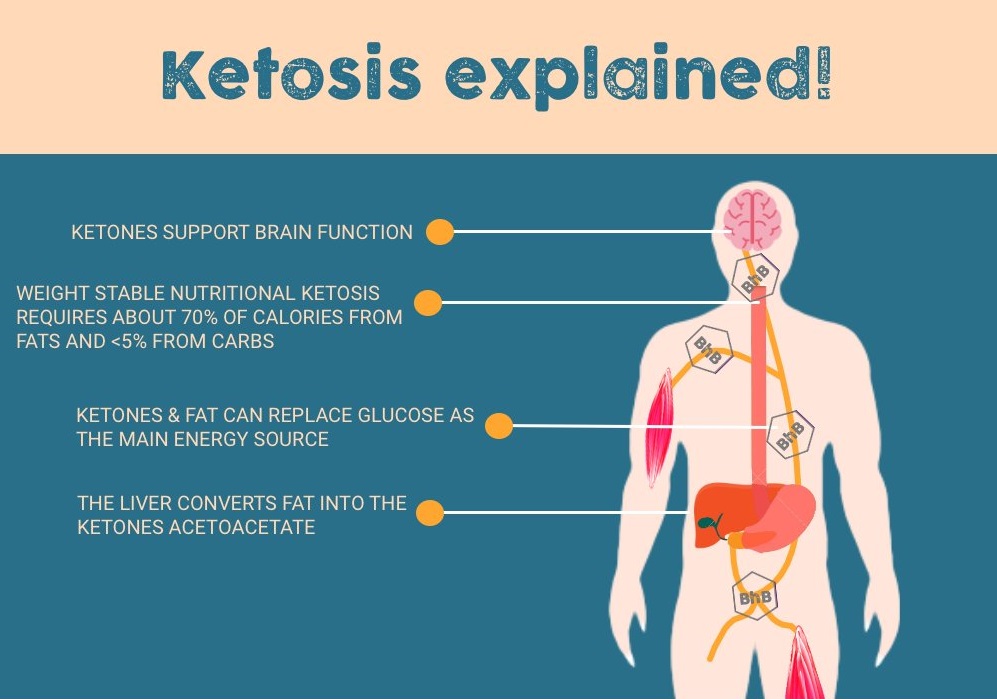What Is Ketosis?
Ketosis is a normal process that happens when your body doesn’t have enough carbs to burn for energy. Instead, it burns fat and makes substances called ketones, which it can use for fuel.

The Ketogenic Diet

Ketosis is a popular weight loss strategy. Low-carb eating plans include the first part of the Atkins diet and the Paleo diet, which stress proteins for fueling your body. In addition to helping you burn fat, ketosis can make you feel less hungry. It also helps you maintain muscle.
For healthy people who don’t have diabetes and aren’t pregnant, ketosis usually kicks in after 3 or 4 days of eating less than 50 grams of carbohydrates per day. That’s about 3 slices of bread, a cup of low-fat fruit yogurt, or two small bananas. You can start ketosis by fasting, too.
Doctors may put children who have epilepsy on a ketogenic diet, a special high-fat, very low-carb and protein plan because it might help prevent seizures. Adults with epilepsy sometimes eat modified Atkins diets.

Some research suggests that ketogenic diets might help lower your risk of heart disease. Other studies show specific very-low-carb diets help people with metabolic syndrome, insulin resistance, and type 2 diabetes. Researchers are also studying the effects of these diets on acne, cancer, polycystic ovary syndrome (PCOS), and nervous system diseases like Alzheimer’s, Parkinson’s, and Lou Gehrig’s disease.
Are Ketosis and the Ketogenic Diet Safe?
If you’re healthy and eating a balanced diet, your body controls how much fat it burns so you don’t normally make or use ketones. But when you cut way back on your calories or carbs, your body will switch to ketosis for energy. It can also happen after you exercise for a long time and during pregnancy.
Test Your Ketones
You can find out how much ketosis is going on in your body by testing for ketones in your blood or urine. You don’t need to go to the doctor. You can buy test strips to check your pee at home. Some blood sugar meters can measure ketones in your blood.
